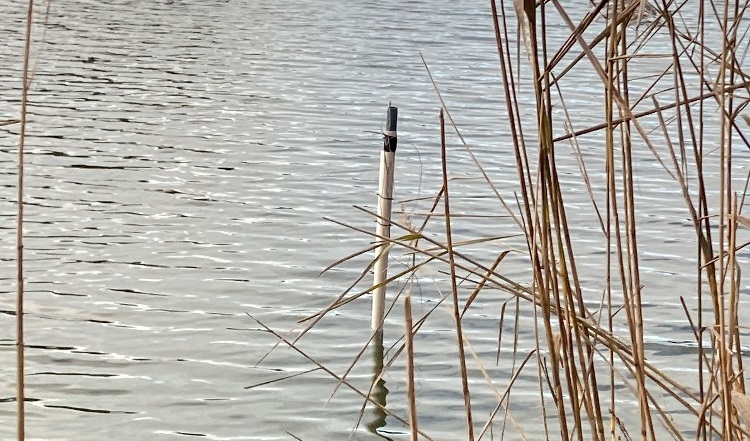Redox measurements in a drinking water infiltration pond
Water is the basis of life. It is essential for all living organisms, food production and economic development. The availability of sufficient clean water is a global priority.
One of our customers is KWR. They generate knowledge to enable the water sector to operate water-wisely. Their scientific findings, and the resulting practical innovations, contribute to a sustainable water cycle.
Recently, they have started a project to study the effect of Redox conditions on the decay of organic micropollutants in infiltration ponds. Drinking water utilities use infiltration ponds in the coastal dune area (see photo) to purify river water. River water passes through the banks of the ponds. After infiltration, it is drawn off by extraction wells some distance away from the water body to undergo further purification. Dune infiltration is an import part of the water treatment process to produce drinking water from river water.
Although infiltration ponds are not designed to remove various organic micropollutants, they are very effective in doing so. Drinking water utilities are very interested in this additional benefit. By optimizing the bank filtration systems, the load of organic micropollutants in the extracted water may be reduced even more.
Most likely Redox conditions in the sludge layer at the bottom of the infiltration ponds play an important role in the decay of organic micropollutants. For this reason, KWR researchers started monitoring the Redox conditions at four depths in the sediment layer below infiltration ponds in the dune area that are fed by river water (see graph). The Redox measurements give information about the turnover rate of the oxic surface water into suboxic, anoxic of deeply anoxic groundwater during infiltration and how this controls the decay organic micropollutants.


